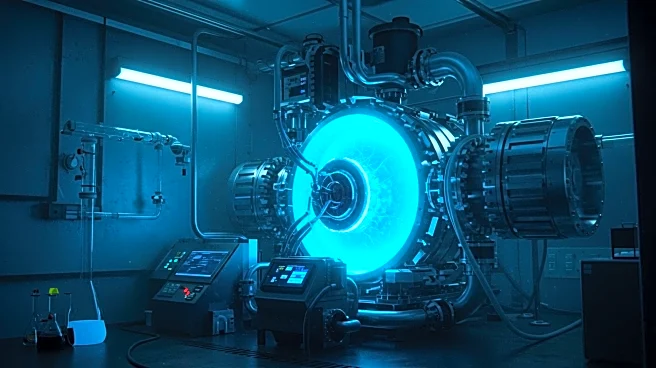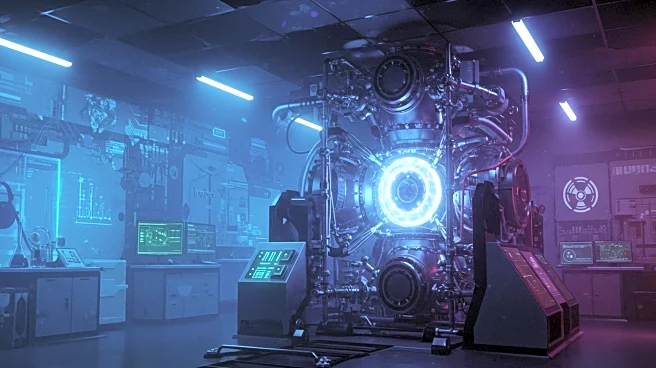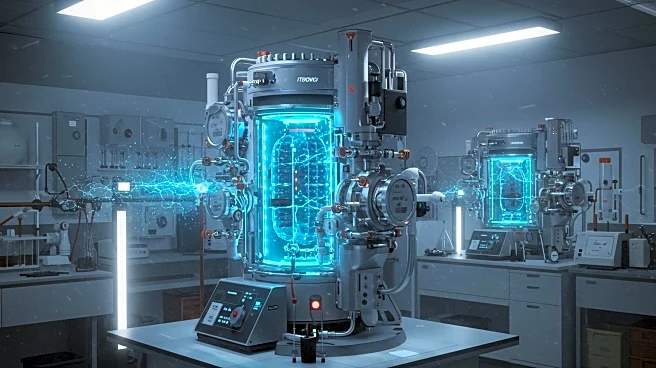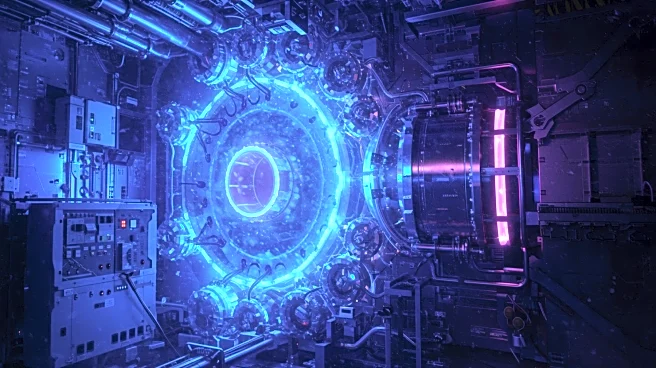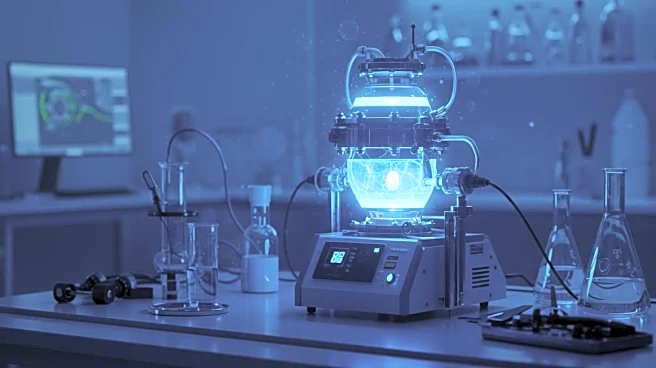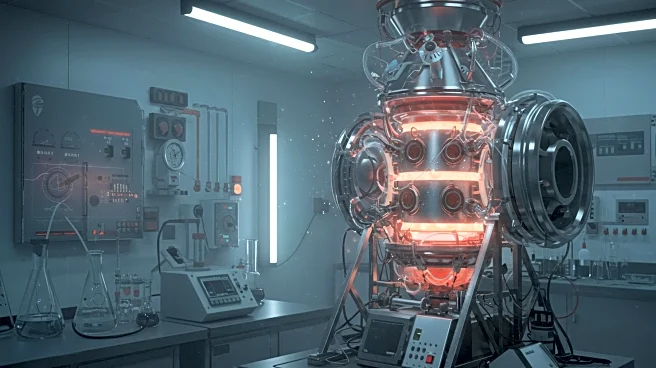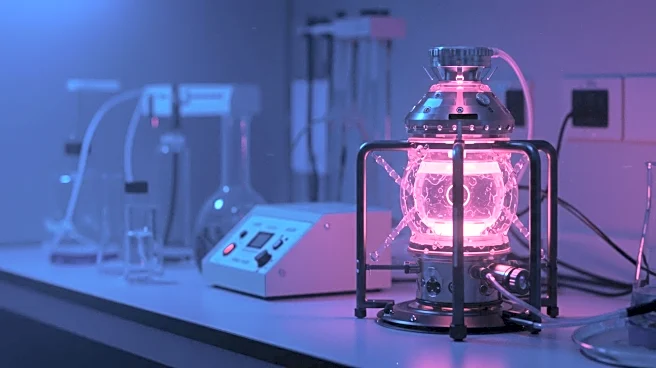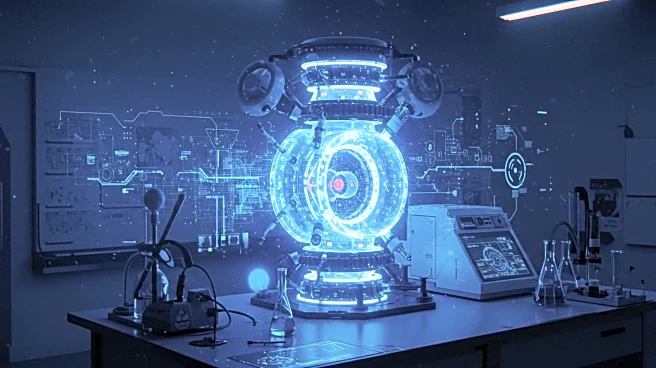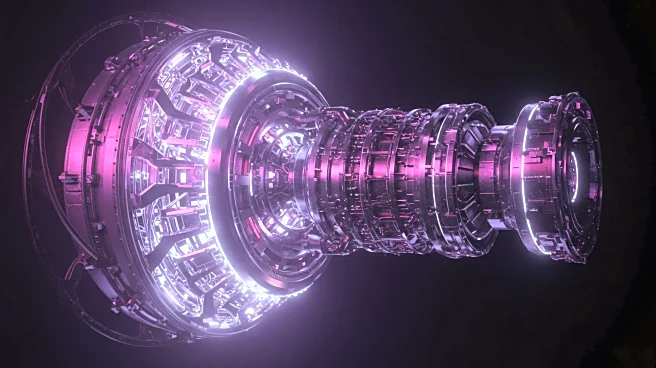What's Happening?
Researchers at the DIII-D facility have achieved a significant breakthrough in fusion energy by utilizing an inverted D plasma shape. This experimental campaign, conducted in 2023, demonstrated that negative triangularity plasmas can create stable conditions that meet or exceed the requirements for future fusion pilot plants. This finding is particularly noteworthy as it challenges previous assumptions within the fusion community that this plasma shape would be less stable than conventional approaches. Tokamak devices, which are central to fusion energy research, use powerful magnetic fields to contain and shape plasma, a state of matter where atoms are heated to extreme temperatures, causing them to separate into ions and electrons. The ultimate goal is to harness the energy released when these atomic nuclei fuse together.
Why It's Important?
This development is crucial for the future of fusion energy, which promises a clean and virtually limitless energy source. By achieving stable conditions with negative triangularity plasmas, researchers are closer to making fusion power plants economically viable. This could have a profound impact on the energy industry, reducing reliance on fossil fuels and decreasing greenhouse gas emissions. The ability to achieve high plasma pressure, current, and density while effectively confining heat is essential for the success of fusion energy, and this breakthrough represents a significant step forward in overcoming these challenges.
